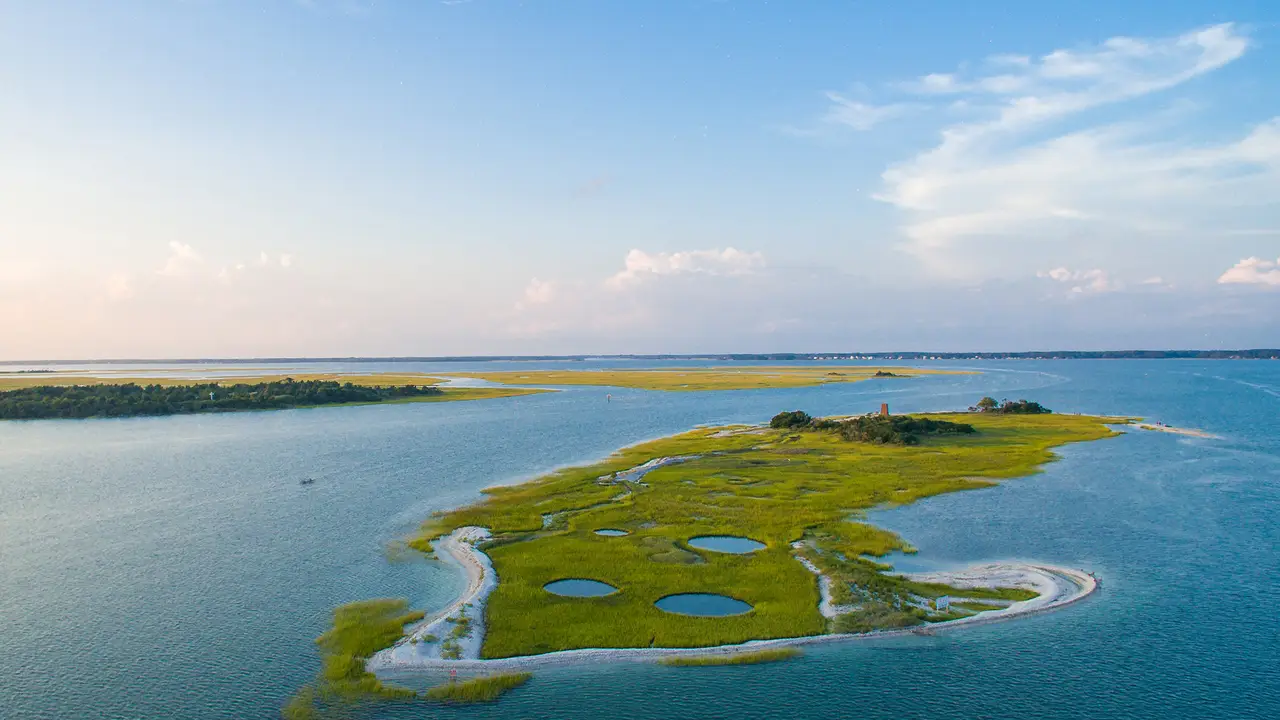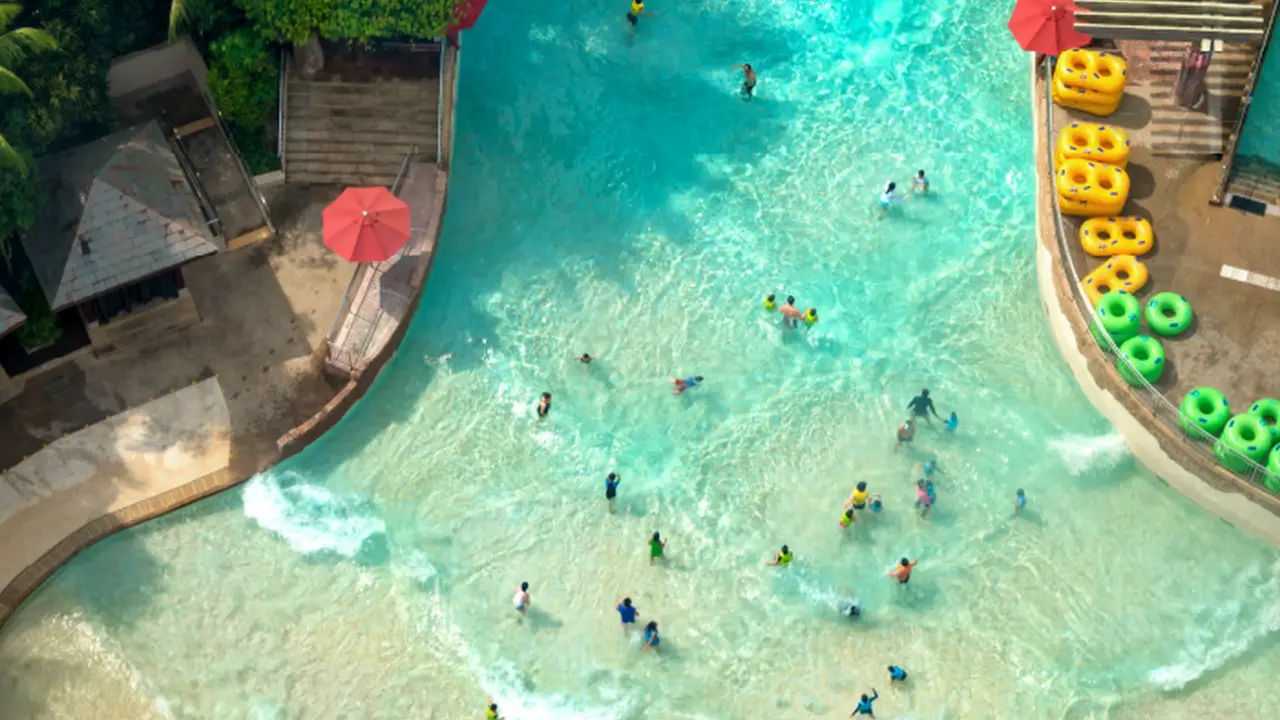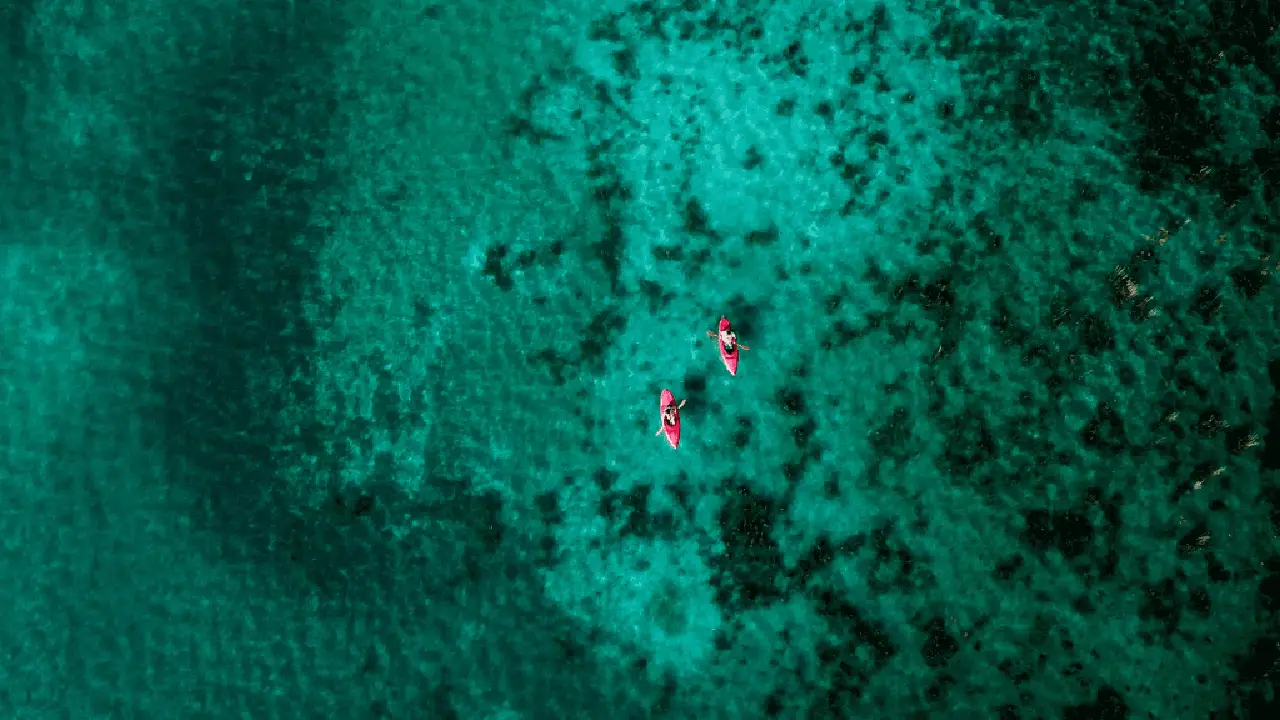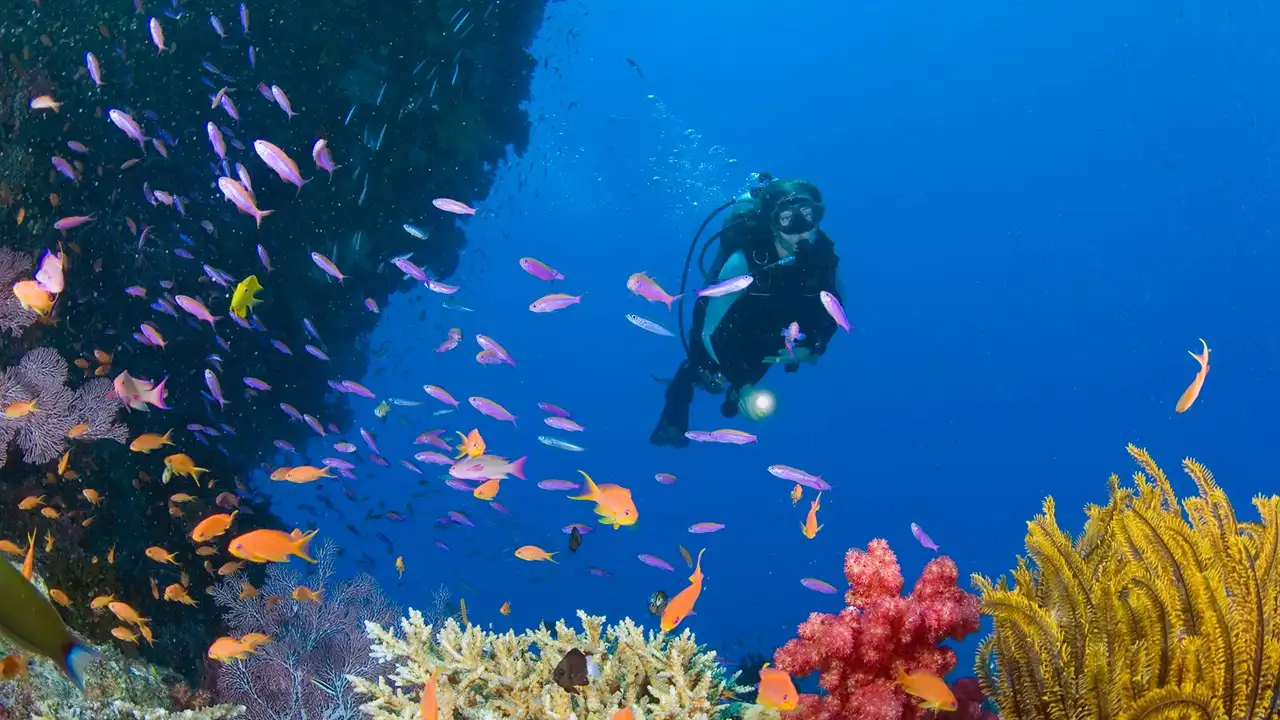Coastal Education_ 3 Ways to Learn About Marine Ecosystems
Learn about marine ecosystems with our 3 ways to learn about coastal environments and the importance of conservation.

Understanding Coastal Ecosystems Importance of Marine Education
Hey there fellow ocean lovers! Ever wondered what makes our coastlines so special? It's not just the pretty beaches and crashing waves, it's the whole intricate web of life buzzing beneath the surface. Understanding these marine ecosystems is crucial, not just for scientists and conservationists, but for all of us. After all, a healthy ocean means a healthy planet! So, how can you dive deeper (pun intended!) into the world of coastal education? Let's explore some awesome ways!
Dive into Marine Biology Courses Coastal Studies Programs
Want a structured learning experience? Consider taking a marine biology course or enrolling in a coastal studies program. These courses offer a comprehensive overview of marine ecosystems, covering topics like marine life identification, oceanography, conservation strategies, and the impact of human activities on the ocean. You'll learn about everything from tiny plankton to massive whales, and how they all interact within their environment.
Where to find them: Look at local community colleges, universities, and online learning platforms like Coursera and edX. Many offer introductory courses that don't require a strong science background.
Example: A marine biology course at the University of California, San Diego, covers the principles of marine ecology, physiology, and conservation. Students learn about various marine habitats, including coral reefs, kelp forests, and deep-sea environments.
Cost: Costs vary widely, from free online courses to several thousand dollars for a full university program. Community college courses are generally more affordable.
Explore Interactive Marine Museums Coastal Aquariums
For a more hands-on and engaging experience, visit a marine museum or aquarium. These institutions offer interactive exhibits, educational programs, and opportunities to observe marine life up close. You can learn about different marine species, their habitats, and the challenges they face in a fun and accessible way. Many museums and aquariums also offer behind-the-scenes tours, workshops, and volunteer opportunities.
Must-visit locations: The Monterey Bay Aquarium (California), the National Aquarium (Baltimore), and the Georgia Aquarium (Atlanta) are all fantastic options. In Southeast Asia, consider the S.E.A. Aquarium in Singapore or the Manila Ocean Park in the Philippines.
Example: The Monterey Bay Aquarium has a kelp forest exhibit where you can see sharks, sea otters, and other marine animals in their natural habitat. They also have exhibits on jellyfish, deep-sea creatures, and coastal ecosystems.
Cost: Admission fees typically range from $20 to $50 per person, depending on the location and the exhibits offered. Many museums offer discounts for students, seniors, and families.
Immerse Yourself in Field Research Marine Volunteering Opportunities
Want to get your hands dirty and contribute to marine conservation efforts? Consider participating in field research or volunteering with a marine conservation organization. These opportunities allow you to work alongside scientists and conservationists, collecting data, monitoring marine life, and restoring coastal habitats. You'll gain valuable skills, make a positive impact, and experience the thrill of scientific discovery.
Organizations to consider: The Ocean Conservancy, the Surfrider Foundation, and the World Wildlife Fund (WWF) all offer volunteer opportunities related to marine conservation. In Southeast Asia, look into organizations like Reef Check Malaysia or the Marine Conservation Society of Thailand.
Example: The Surfrider Foundation organizes beach cleanups and water quality monitoring programs. Volunteers help remove plastic pollution from beaches and collect data on water quality to identify sources of pollution.
Cost: Many volunteer opportunities are free, but some programs may require a small fee to cover expenses like transportation and accommodation. Some research programs may even offer stipends to participants.
Essential Gear for Coastal Exploration: Protecting Yourself and the Environment
Before you head out for any of these educational adventures, make sure you're prepared with the right gear. This isn't just about comfort; it's also about protecting yourself and the delicate coastal environment.
Sun Protection: Safeguarding Your Skin and the Reefs
The sun can be brutal, especially near the water. Invest in a good quality, reef-safe sunscreen. Traditional sunscreens contain chemicals like oxybenzone and octinoxate, which are harmful to coral reefs. Look for mineral-based sunscreens containing zinc oxide or titanium dioxide as active ingredients. These are safer for marine life and just as effective at protecting your skin.
Product Recommendation: Thinksport Reef Safe Sunscreen. It's SPF 50, water-resistant, and free of harmful chemicals. It retails for around $15-$20 per bottle.
Also, consider wearing a wide-brimmed hat and UV-protective clothing. Brands like Patagonia and Coolibar offer stylish and functional options.
Footwear: Protecting Your Feet and the Ecosystem
Whether you're hiking along a rocky coastline or wading through tide pools, proper footwear is essential. For hiking, sturdy hiking boots with good traction are a must. For exploring tide pools, water shoes or sandals with closed toes are ideal. Avoid wearing flip-flops, as they offer little protection and can easily slip off.
Product Recommendation: Teva Hurricane XLT2 Sandals. These sandals are durable, comfortable, and have excellent traction. They're perfect for water activities and light hiking. They retail for around $70-$80.
Be mindful of where you step. Avoid stepping on coral reefs or disturbing marine life.
Reusable Water Bottle: Reducing Plastic Waste
Staying hydrated is crucial, but plastic water bottles are a major source of pollution. Invest in a reusable water bottle and refill it throughout the day. There are countless options available, from stainless steel bottles to collapsible silicone bottles.
Product Recommendation: Hydro Flask Water Bottle. These bottles are insulated to keep your drinks cold for hours. They're also durable and easy to clean. They retail for around $30-$40.
Many coastal areas have water refill stations, making it easy to stay hydrated without contributing to plastic waste.
Comparing Options: Which Educational Path is Right for You?
Choosing the right path for coastal education depends on your interests, budget, and time commitment. Here's a quick comparison:
- Marine Biology Courses: Best for those who want a structured learning experience and a comprehensive understanding of marine ecosystems. Can be expensive and time-consuming.
- Marine Museums and Aquariums: Best for those who want a hands-on and engaging learning experience. Relatively affordable and accessible.
- Field Research and Volunteering: Best for those who want to make a direct impact on marine conservation and gain practical skills. Can be physically demanding and may require travel.
Final Thoughts: Embrace the Ocean and Its Wonders
No matter which path you choose, coastal education is a rewarding and enriching experience. By learning about marine ecosystems, you'll gain a deeper appreciation for the ocean and its wonders, and you'll be better equipped to protect it for future generations. So, dive in, explore, and discover the magic of the coast!
:max_bytes(150000):strip_icc()/277019-baked-pork-chops-with-cream-of-mushroom-soup-DDMFS-beauty-4x3-BG-7505-5762b731cf30447d9cbbbbbf387beafa.jpg)






